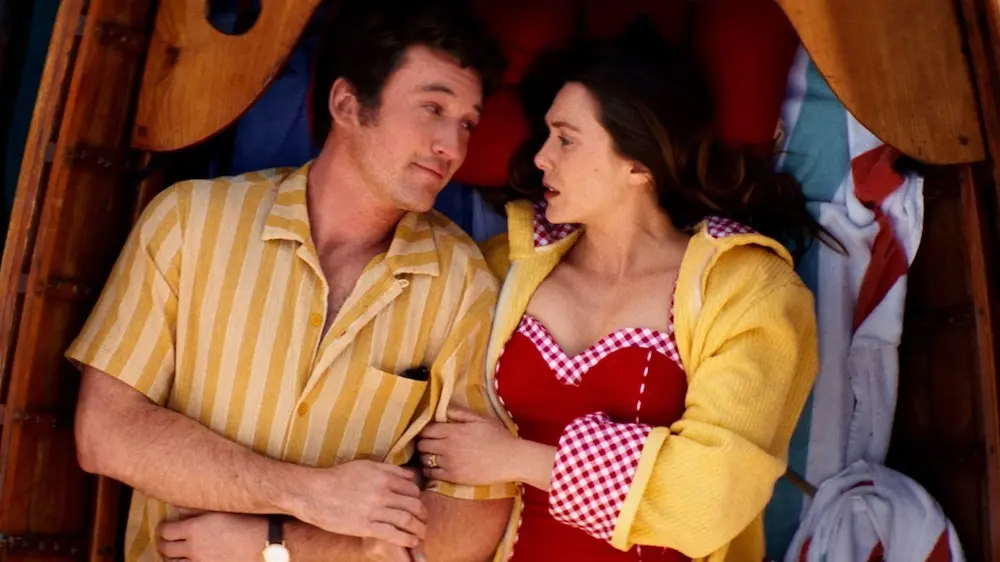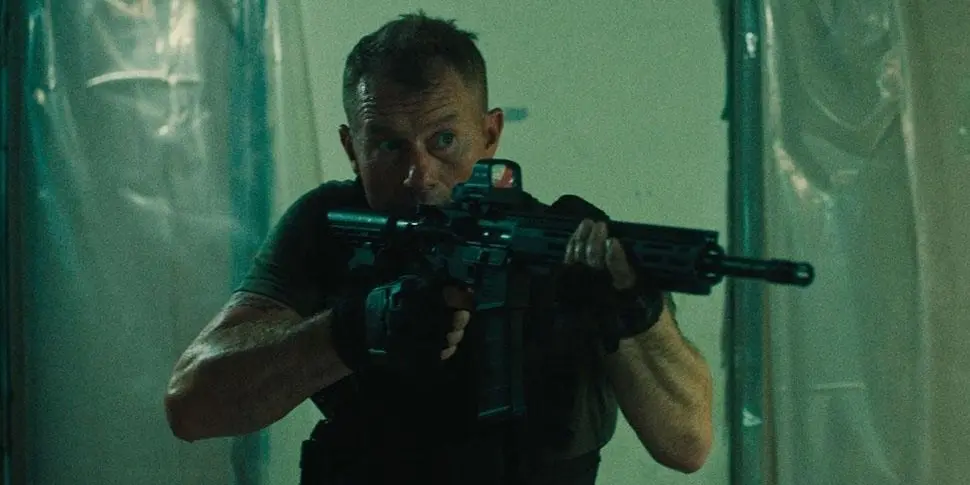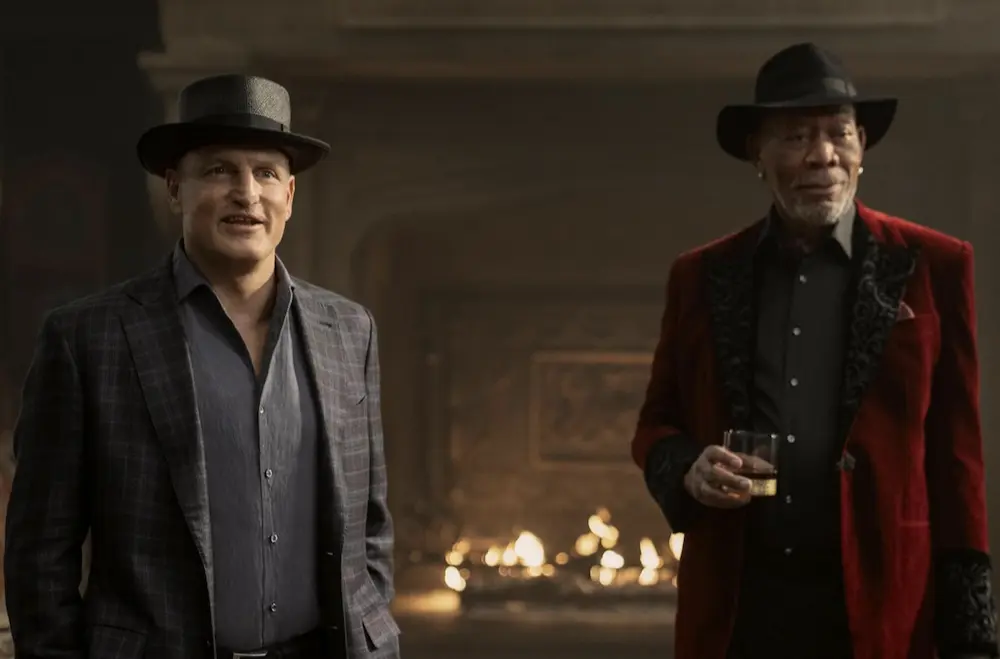“Lone Survivor” is Navy SEAL Marcus Luttrell’s (Mark Wahlberg) harrowing, brink-of-death, true survival ordeal that re-creates the Afghanistan-based, doomed Operation Red Wings based on Luttrell’s book of the same name.
Popcorn and Inspiration: ‘Lone Survivor,’ A True Story of Navy SEAL Willpower
So what if it's possibly a Navy recruitment ad?

Mark Jackson
Film Critic
|Updated:
Mark Jackson is the chief film critic for The Epoch Times, and a Rotten Tomatoes-approved critic. He earned a bachelor's degree in philosophy from Williams College, followed by a classical theater conservatory training, and has 20 years' experience as a New York professional actor. He narrated The Epoch Times audiobook "How the Specter of Communism is Ruling Our World," available on iTunes, Audible, and YouTube. Mark is cited in the book "How to be a Film Critic in Five Easy Lessons" by Christopher K. Brooks. In addition to film, he enjoys Harley-Davidsons, martial arts, rock-climbing, qigong, and human rights activism.
Author’s Selected Articles




